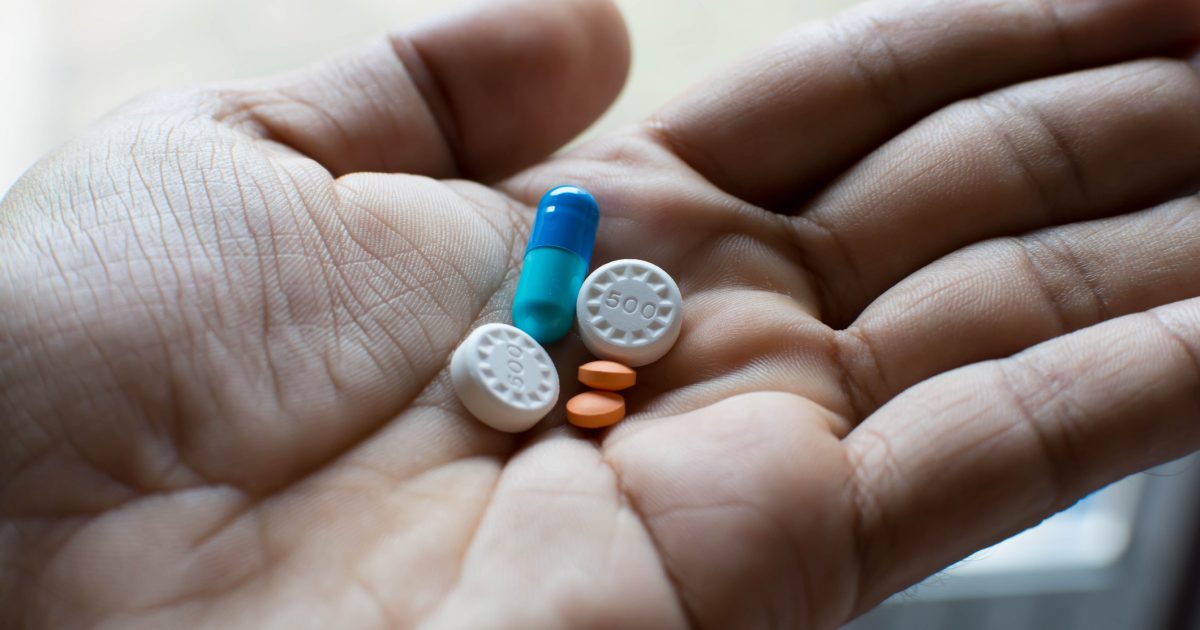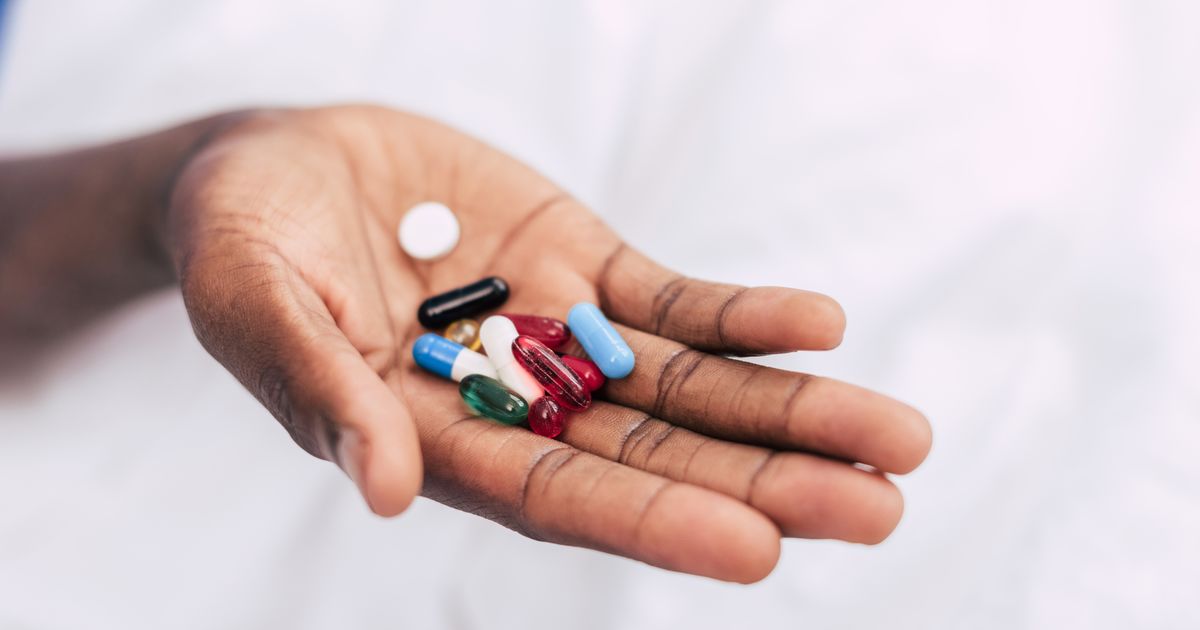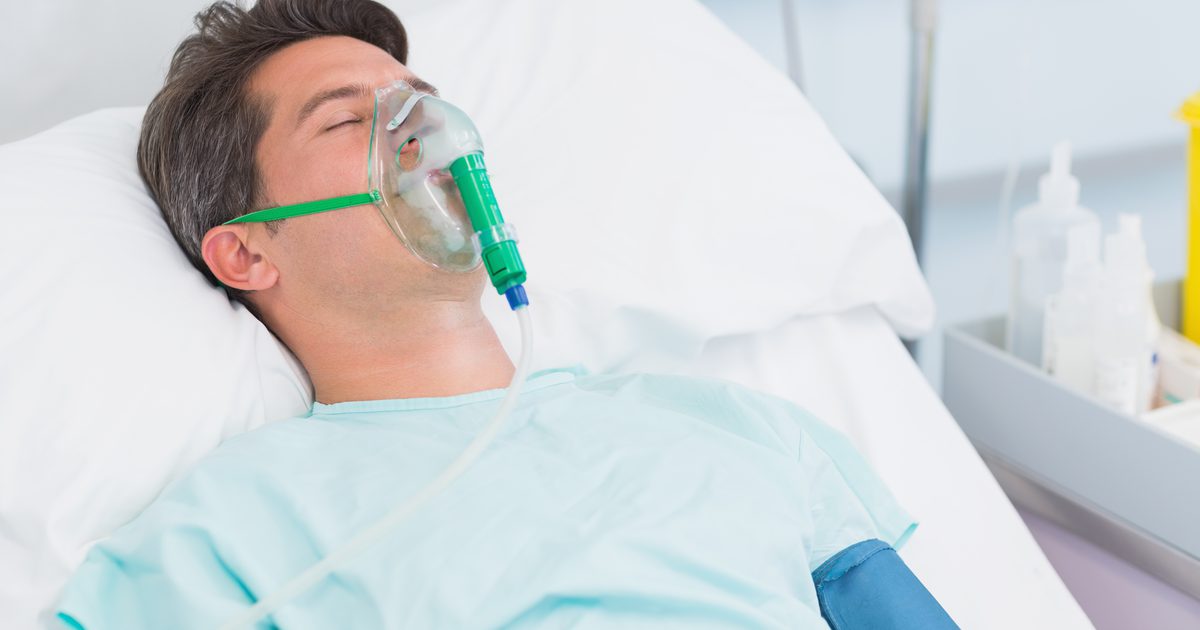How To Treat Popcorn Lung
Popcorn lung, which is medically known as bronchiolitis obliterans, is a relatively rare non-cancerous lung disease. The condition scars and inflames the bronchioles, the smallest airways within the lungs. One of the major causes of popcorn lung is the inhalation of harmful chemicals used in making popcorn and other foods, and the disease earned its name after workers at popcorn plants were routinely sickened with this illness.
Symptoms of popcorn lung include coughing, shortness of breath, and difficulty breathing. These occur regularly and often get worse over several weeks or months. Some patients may also experience fatigue, weight loss, eye and throat irritation, and flu-like symptoms. The disease can be diagnosed with a chest x-ray, CT scan, pulmonary function test, and a lung biopsy. Although popcorn lung is considered a progressive and incurable disease, symptoms can be managed with proper treatment. The methods described below are commonly used in the prevention and treatment of popcorn lung.
Avoid Harmful Chemicals

Popcorn lung is often contracted by factory workers and others routinely exposed to hazardous chemicals. Diacetyl is the chemical most commonly linked with the condition. Diacetyl is used in artificial butter flavoring for popcorn, caramel coloring, fruit drinks, and some dairy products. While safe to eat, it is very dangerous if inhaled. The chemical is also found in vaping liquids used in e-cigarettes. Patients should avoid smoking and vaping and may wish to limit their contact with secondhand smoke to avoid harmful chemicals. Workers who handle harmful chemicals should wear personal protective equipment such as gloves, protective suits, and masks as appropriate. They should also check their employer uses proper engineering controls and follows government regulations for safety.
Learn more about how popcorn lung is treated now.
Antibiotics To Ease Inflammation

Antibiotics, which treat bacterial infections, are often one of the first lines of treatment for popcorn lung, and they help calm the inflammation associated with the condition. In the case of popcorn lung, macrolide antibiotics are most appropriate. They are typically prescribed for patients with this condition who also have an underlying bacterial infection of the respiratory system. Common types of macrolide antibiotics to ease inflammation include erythromycin, azithromycin, telithromycin, clarithromycin, and spiramycin. Potential side effects of macrolide antibiotics include nausea, vomiting, diarrhea, and stomach pain. Some patients may also experience dizziness, indigestion, and skin rashes. Patients should report any side effects to their physicians, and if a side effect is particularly troublesome, an alternative antibiotic may be appropriate.
Continue reading to discover the next method of treating popcorn lung now.
Cough And Immune System Medication

Treatment with cough and immune system medication is advised for popcorn lung patients. Cough suppressants are often used in conjunction with corticosteroids that relieve inflammation. For additional help with symptom management, doctors usually offer immunosuppressive medicines, which help reduce inflammation and lessen the activity of the body's immune system. Patients taking medications that suppress the immune system have a higher chance of infection and need to take special precautions to minimize their infection risk. They should not receive any live vaccines without talking to their doctor, and should avoid contact with individuals ill with the flu, colds, strep throat, or any other contagious illness. Many immunosuppressants are available, and patients may be able to switch between these if they experience unwanted side effects.
Get the details on the next treatment option for popcorn lung now.
Supplemental Oxygen

Supplemental oxygen, which can be used in the hospital or at home, may be useful for patients with more advanced forms of popcorn lung who have significant breathing difficulties. Supplemental oxygen at home is usually provided through a nasal cannula, also known as nasal prongs, or through a face mask that covers the mouth and nose. Oxygen is available for home use with metal oxygen tanks and liquid oxygen, and patients may also use oxygen concentrators. Oxygen is generally used at home on a long-term basis, and users need to ensure they follow important safety rules. Patients should post signs outside their home to warn visitors not to smoke. They should avoid both smoking and open flames. If a patient uses oxygen overnight, they should only use cotton bedding as this is less flammable than synthetic materials. Patients should also only use water-based lotions and creams, and they should not use alcohol-based hand sanitizers near the oxygen unit.
Reveal the full details on the next method of treating popcorn lung now.
Lung Transplant

A lung transplant may be necessary for the most severe cases of popcorn lung. Lung transplants are usually carried out at specialist transplant centers. Once a doctor determines a transplant is the best course of action for the patient, the patient will be placed on the transplant list. It can often take months or years before a donor lung is found. Once a donor lung has been found, tests are carried out on both the donor lung and the patient to ensure it is a suitable match. If it is, the transplant procedure will be carried out under general anesthesia.
Following the operation, patients spend between one to three weeks in the hospital, and the first week of that time will likely be spent in intensive care. After patients are released from the hospital, they will need to reside close to the transplant center for the first three months due to the need for frequent follow-up appointments. Follow-up checks generally include lung function tests, chest x-rays, electrocardiogram tracings, and blood tests. A lung biopsy of the transplanted lung may also be done as part of follow-up screenings. Patients will need to take strong anti-rejection medication after their transplants, and these must be continued for the rest of the patient's life.
